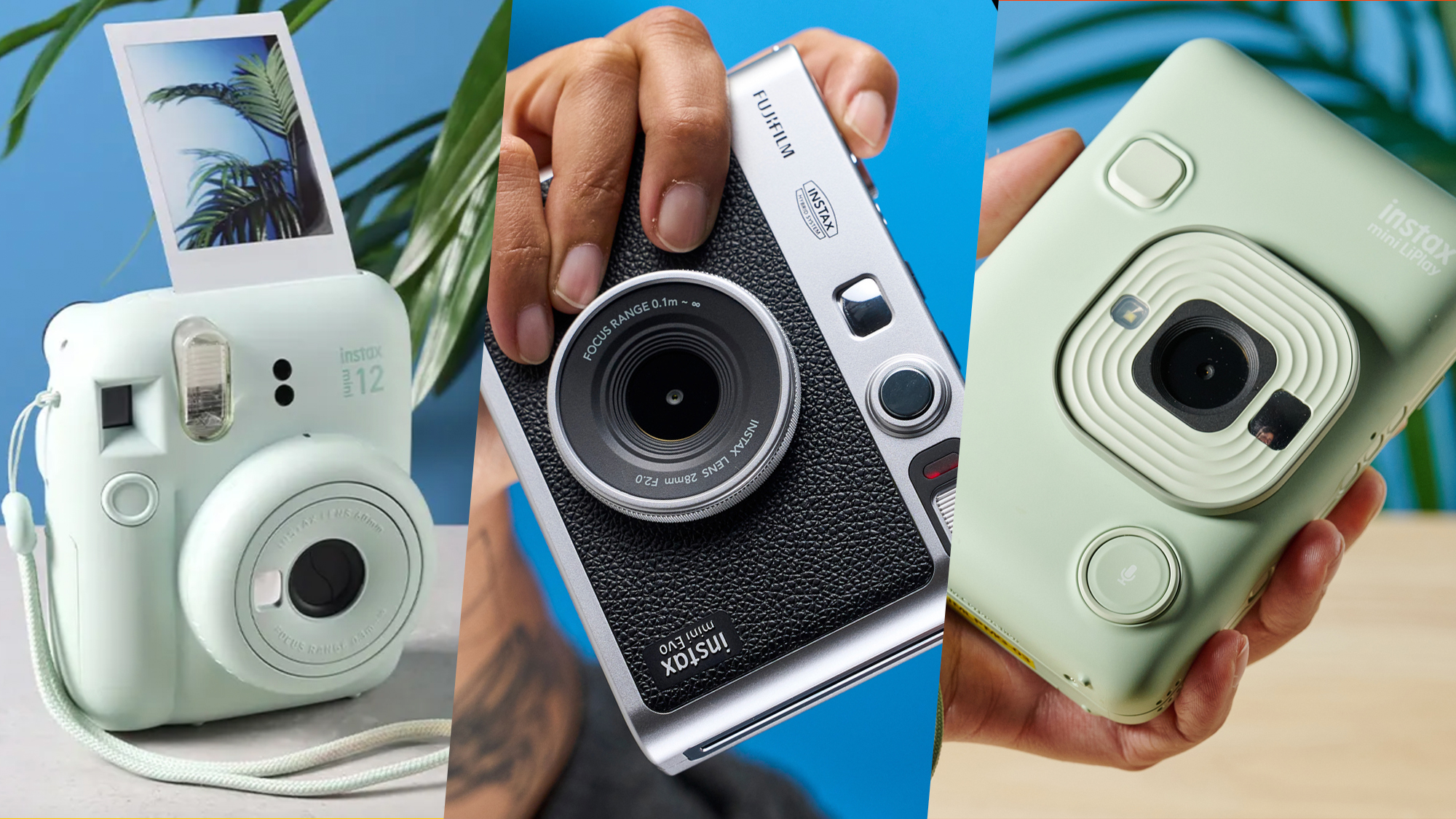
There are lots of reasons why I love my job. As a reviews writer, I get to test some of the latest and greatest tech peripherals — and some that are not so nice, too, of course. But you know one of the biggest reasons I love this job? I get to test the best instant cameras nearly every week.
As an instant photography aficionado and the in-house instant expert at Tom's Guide, I truly believe we're in the golden age of photography. Over the past couple of years, we've seen some fantastic cameras from the likes of Polaroid, Fujifilm and Lomography. Instant photography has come a long way from just being take-a-photo-and-the-camera-will-print-it — like the lovely Fujifilm Instax mini 12. Now, you get hybrid instant cameras that let you print photos from your smartphone, like the Fujifilm Instax mini Evo.
Given the many, many cameras to choose from, consider this a rundown of the best of the best; a recap of the ones that have marked the beginning of the golden age of instant photography. I've used and tested all of these, so let me take you through the highlights.
Fujifilm Instax mini 12
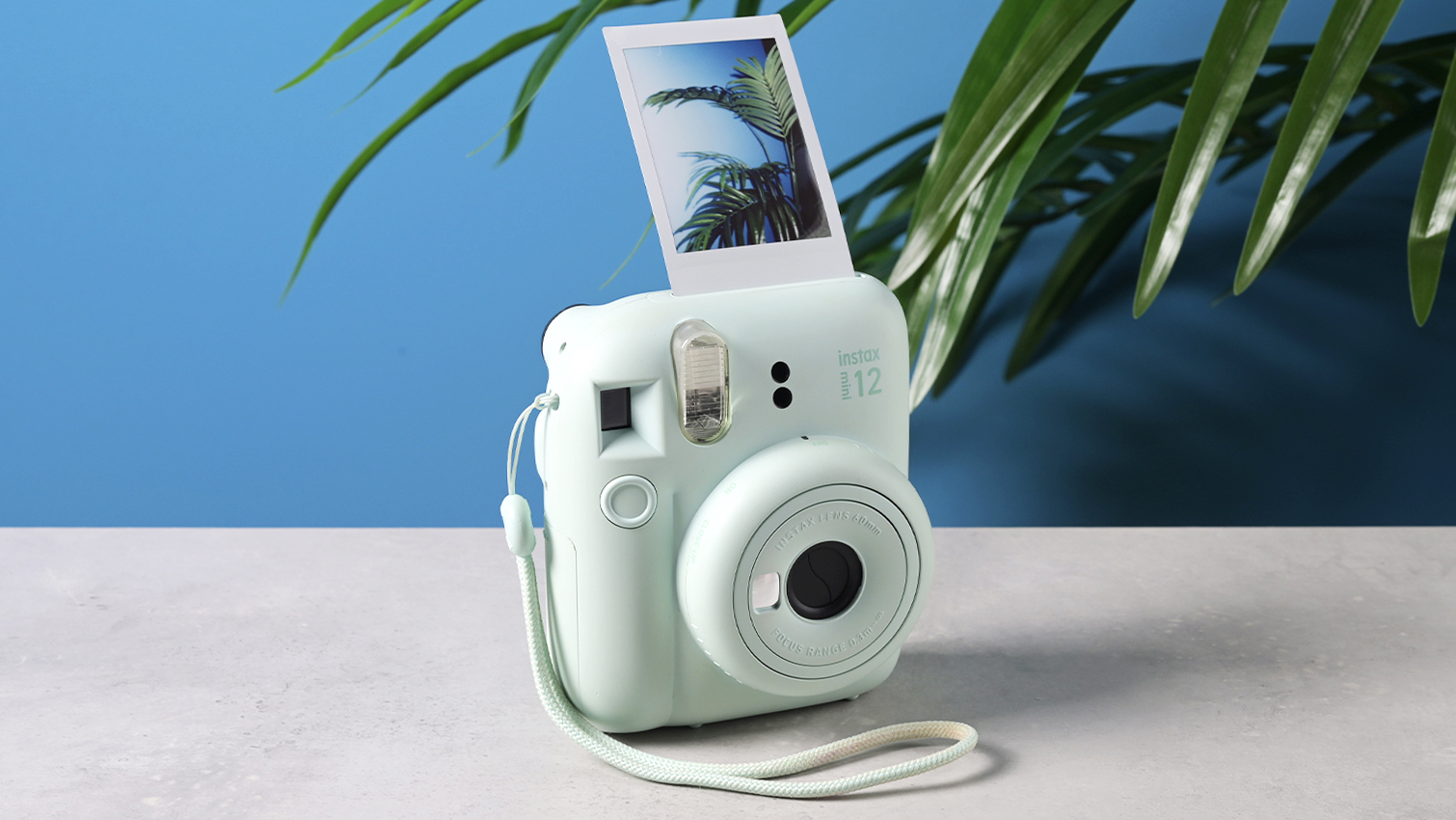
Let's take it all the way back to where it began: analog instant cameras. Now, these have been around for a while, and these are the classic instant cameras that let you shoot and print within seconds. And there's no better analog instant camera to buy right now than the Fujifilm Instax mini 12.
My first instant camera was the Instax mini 8, and the latest iteration is even better. The Instax mini 12 proves that there's beauty in simplicity. It's a straightforward camera to use with just a few controls, and it takes gorgeous, detailed photos in nearly all conditions.
I absolutely loved the photos I took with this camera. Everything, like shutter speed and exposure, is handled automatically so all you need to do is point and shoot. And boy does this camera cope well in nearly all lighting conditions.
The Instax mini 12 has redefined analog instant photography. In my opinion, it's going to take a lot for another contender to emerge, especially at the low sub-$100 price.
One thing I would change with the Instax mini 12? Shots taken in very sunny conditions tend to be overexposed. If Fujifilm — or Lomography or Polaroid, for that matter — can come up with a fix, you know I'll happily spend my hard-earned money on it.
Fujifilm Instax mini Evo
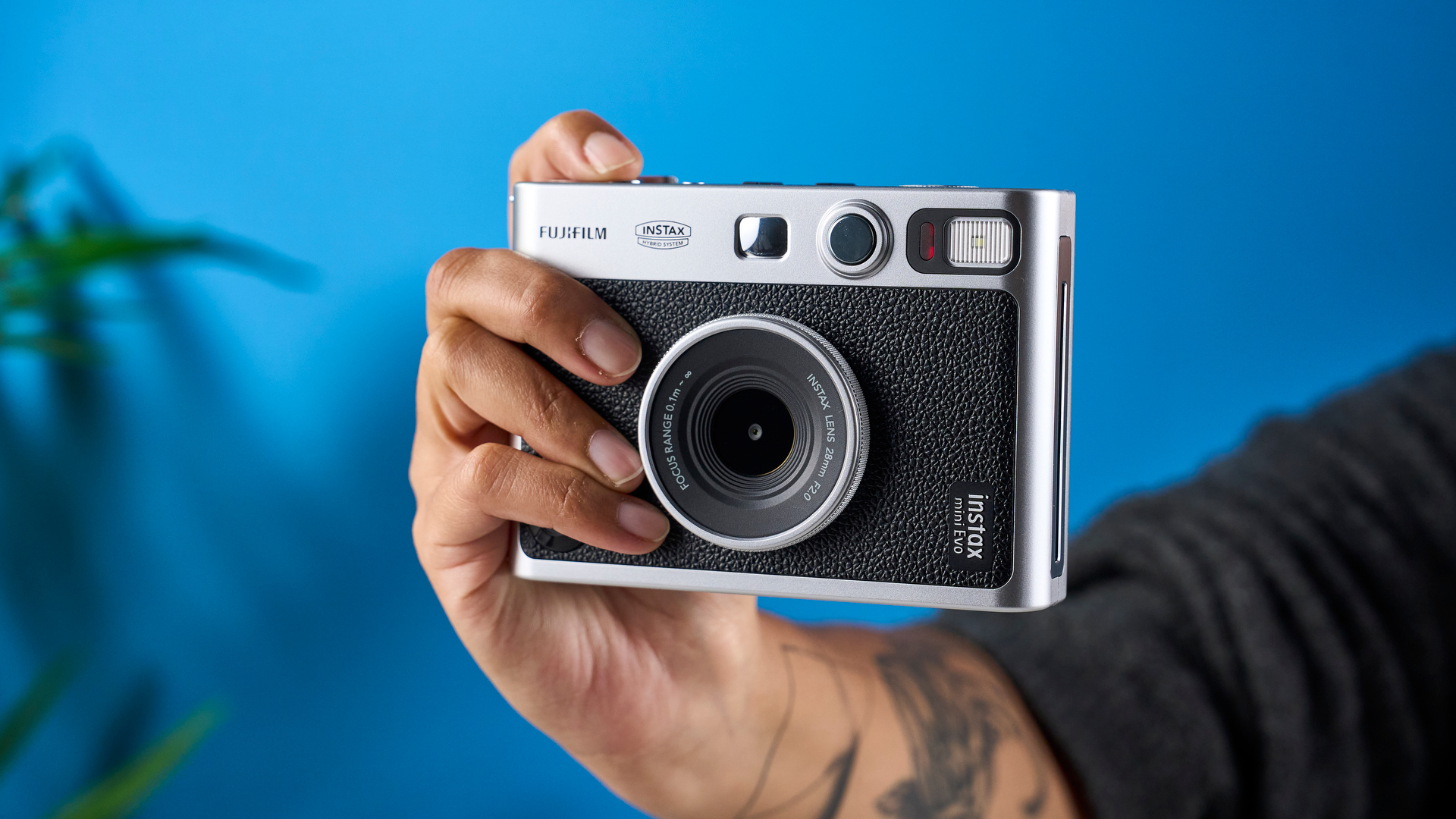
Let's talk about hybrid instant cameras now. These cameras do what analog ones do: take photos. But they take things to the next level with an added screen and the ability to choose the photos you want to print. What's more, you can print photos from your smartphone.
As a result, it's hard to resist the hybrid instant camera's charms — especially the Fujifilm Instax mini Evo's.
This is one instant camera I've bought with my own money, because I fell in love with it when I used it to snap my vacation last year. The Instax mini Evo works fantastically in all lighting conditions, and it has the best low-light performance I've seen from any instant camera I've tested.
The camera has a dial which lets you choose from 10 filters — monochrome, sepia, and more — and another dial which gives you access to 100 lens effects — like fisheye and double exposure. You essentially get 100 different combinations, for any scenario you can think of. Printing from your smartphone is a walk in the park too.
You can tell Fujifilm has put a lot of love into the Instax mini Evo. As hybrid instant cameras go, this is the crème de la crème. And though it's a few years old now, this is innovation at its finest.
Fujifilm Instax mini LiPlay
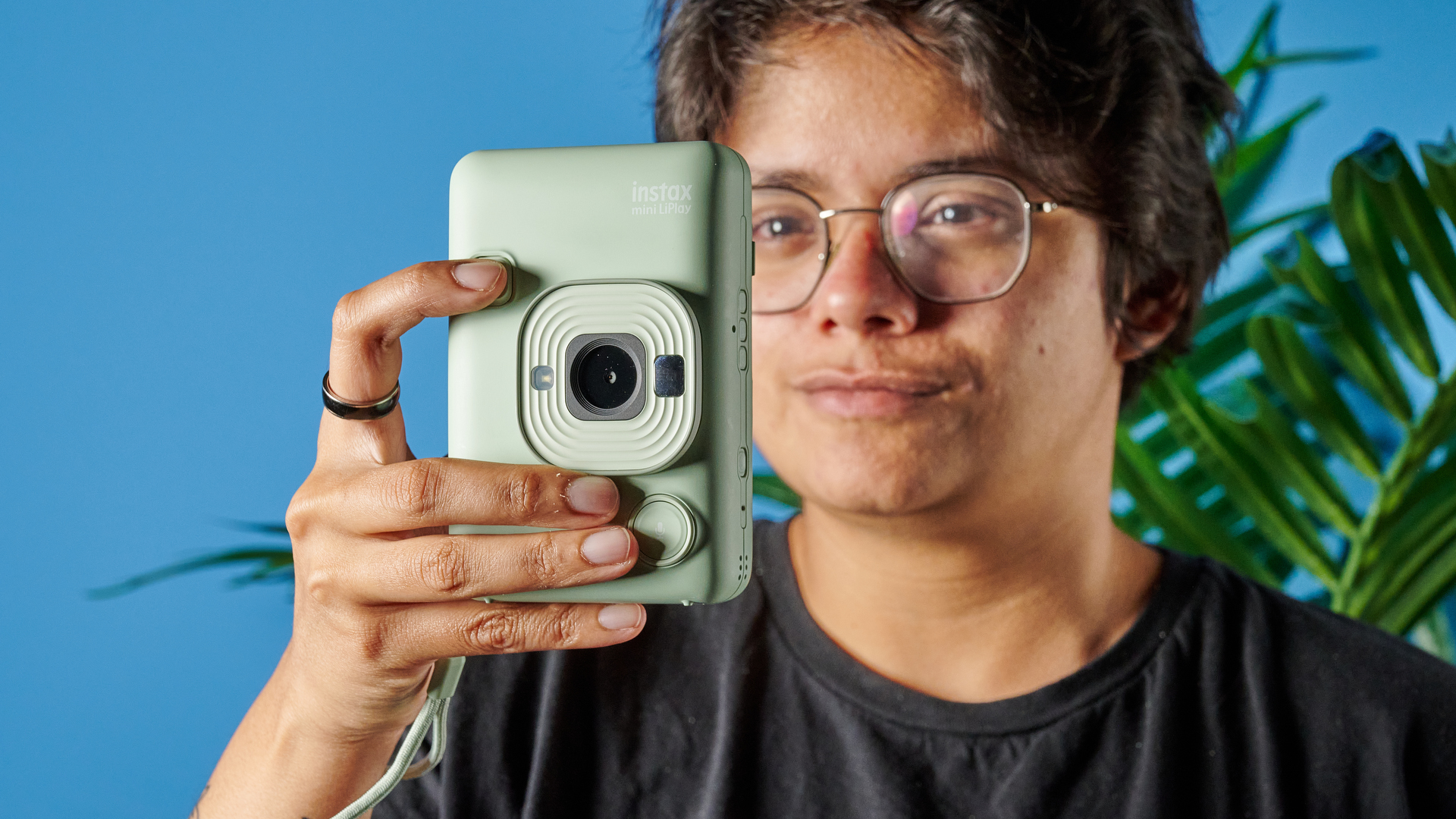
2-in-1 instant cameras let you take and print photos from both the camera and your smartphone, so how about 3-in-1 cameras? The Fujifilm Instax mini LiPlay piqued my interest when I first heard of it, because this instant camera doubles (or triples) as an audio recorder, and it lets you add QR codes to your prints — how crazy is that?!
Originally launched in 2019, Fujifilm updated the Instax mini LiPlay last year and introduced a fresh new matcha green colorway. The camera looks gorgeous and takes equally beautiful photos. It does what the Instax mini Evo does but gives you the added ability to record short voice notes which can be accessed by others via a simple QR code.
When I was introduced to the world of instant photography, I didn't think I'd see the day when they made a 3-in-1 instant camera, and here we are. The Instax mini LiPlay is a great example of the ever-evolving aspect of not just instant but photography overall. What's next? An instant camera that lets you sniff the prints and smell where the photo was taken?
Polaroid Now Gen 2
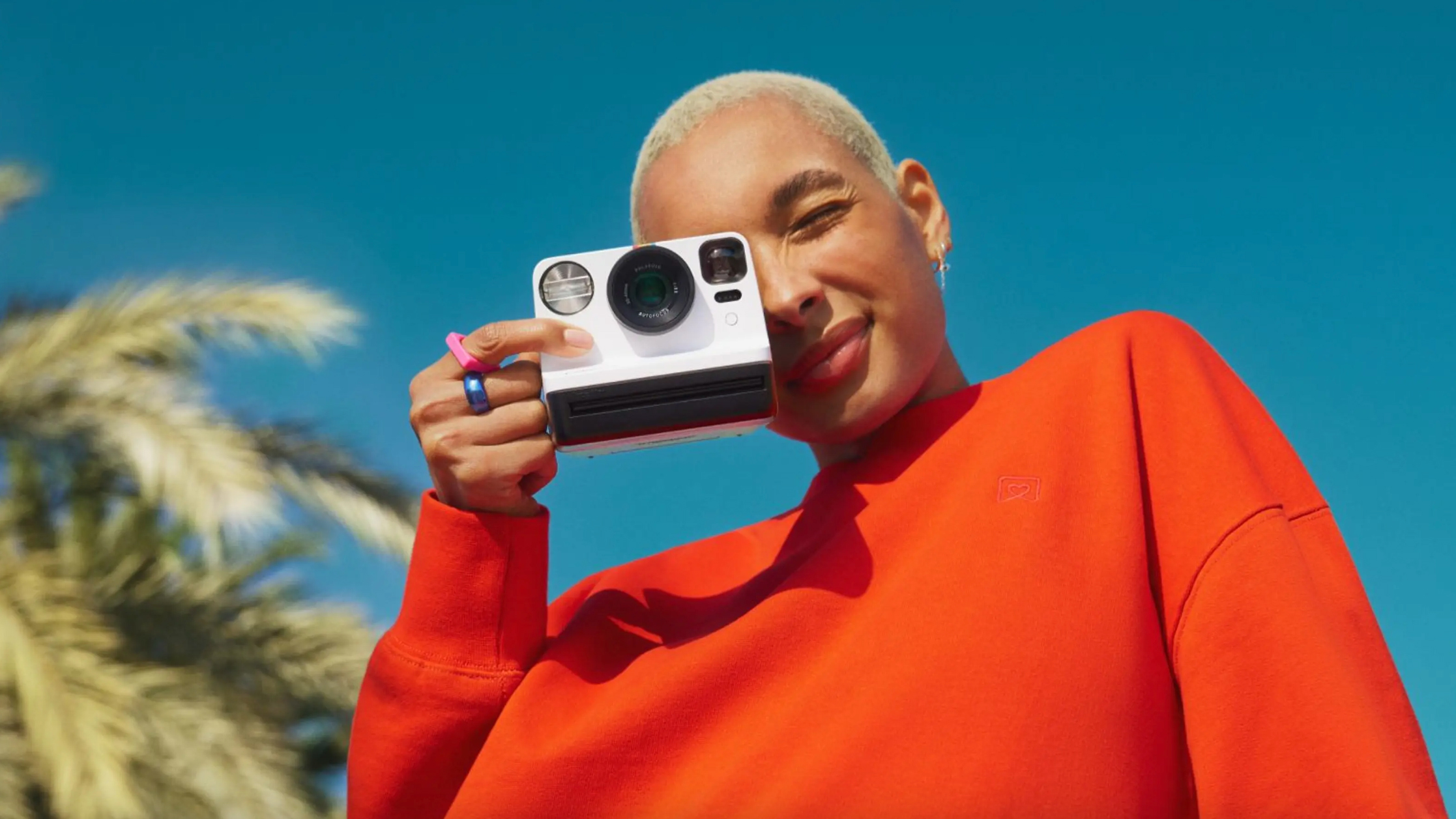
One of the charms of instant photography lies in the imperfection of prints. If you're using an analog camera, you won't be able to see the photo before it prints, and I think there's a lot to be said about it. That's exactly how Polaroid describes the Polaroid Now Gen 2: beautifully imperfect.
This is an analog instant camera but with autofocus, so it effortlessly combines a vintage shooting experience with modern features. While photos taken on Fujifilm Instax cameras are sharper, the beauty of Polaroid film lies in its retro aesthetics. It's a camera that invokes waves of nostalgia, and it looks good while doing so.
I picked the Polaroid Now Gen 2 as an example of the ever-changing world of instant photography because of its two-lens AF system, as not many other analog instant cams have that. As a result, you get more clarity, and you can rely on the Now Gen 2 to effectively capture people's faces.
Fujifilm Instax Wide 400
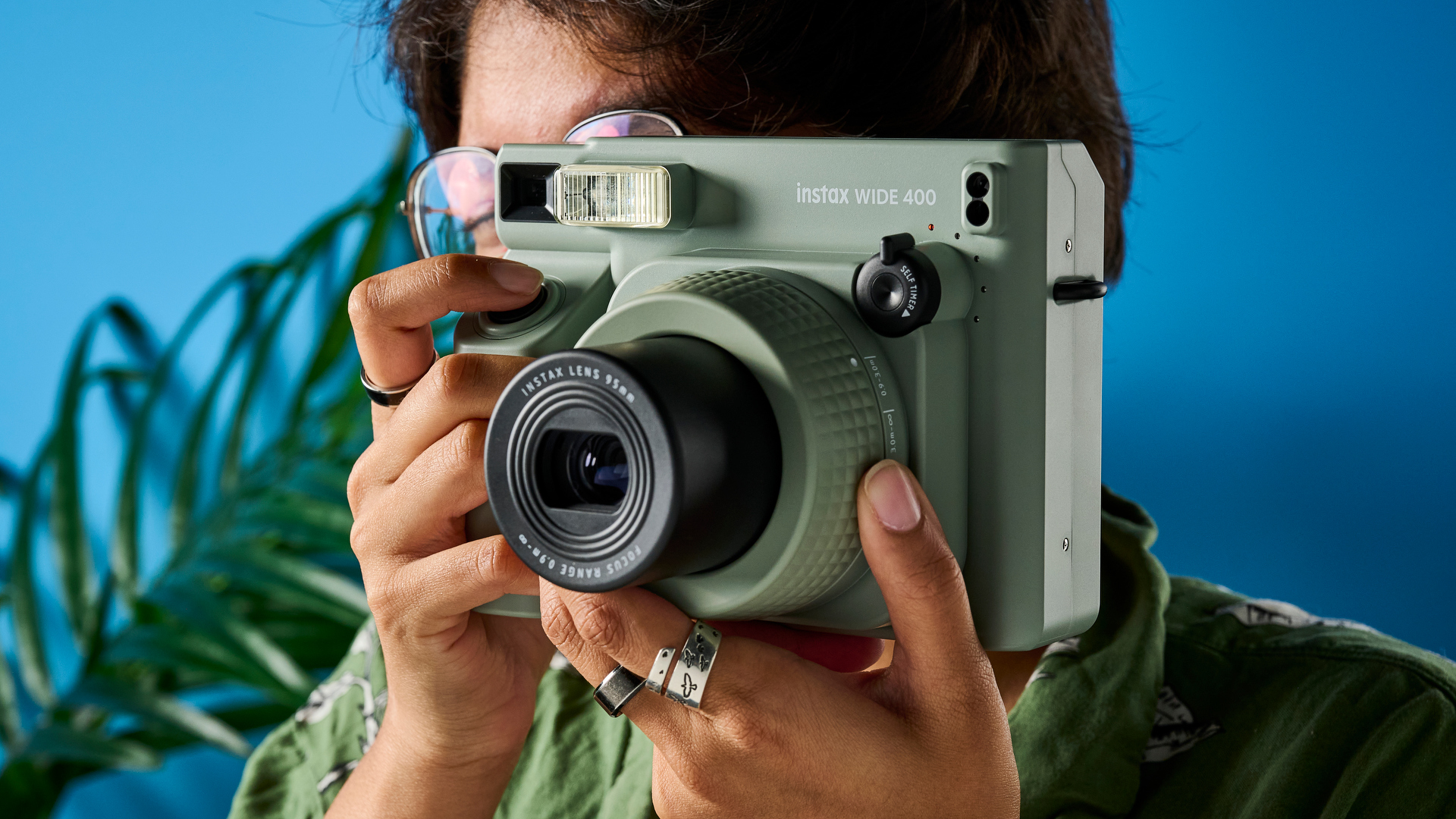
Okay, I know this list has been dominated by Fujifilm Instax cameras but this is the last one, I promise. Wide format film is very popular and rightly so. It captures a lot more of the scene to give you more context, and the Fujifilm Instax Wide 400 does so really well.
Despite its large size, the Instax Wide 400 is a brilliant camera in many ways. It's got an ergonomic design which makes handling and pressing the shutter button much easier, and the photos it takes come out detailed and sharp.
You lose out on a few features though, like a double-exposure mode, but honestly, the Instax Wide 400 doesn't give you much else to complain about.
Mini film is loveable but not for everyone, while wide film is loved by every one of my friends and coworkers. The Instax Wide 400 comes with a tilt adjustment accessory and a macro lens attachment, both of which work extremely well.
As instant cameras continue to evolve, the Instax Wide 400's prints retains a retro look which I think is grounding in a way. Should Fujifilm ever come out with an Instax Wide 500 — which might be a while away — I hope they keep the ergonomic design!
Looking ahead...
This has already been a great year for instant photography, thanks to the release of the hybrid Fujifilm Instax Wide Evo. We're only a few months into 2025, so who knows what will come next? No matter what instant camera is announced, you know I'll have you covered with my in-depth reviews, so keep an eye out.
In the meantime, don't forget to peruse our best instant cameras guide if you're looking to buy one. Until the next time!







